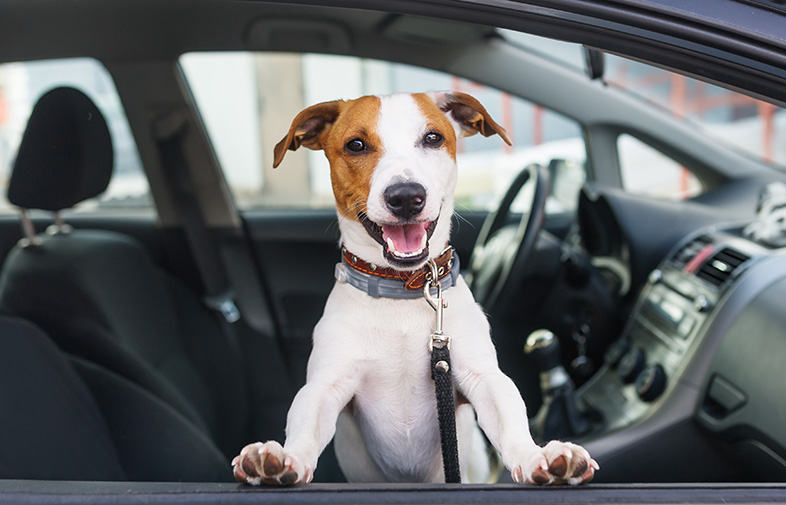
When it comes to the safety features in our cars, possibly the most important is our seat belt. In an attempt to extend this same safety to our furry friends, manufacturers have begun developing protective harnesses that are designed to help prevent man’s best friend from suffering serious injury or death during an accident. But are these safety harnesses really as safe as manufacturers say?
In a recent test conducted by Subaru and the Center for Pet Safety, researchers looked at some of the most popular pet restraints on the market and tried them in a mock real-world crash. Of the seven harnesses tested, only one ranked as a top performer. According to researchers, the other six failed in such a way that caused the dogs to become flying projectiles in the vehicles, which would have resulted in either catastrophic injury or death.
Because there are no industry standards by which to test these harnesses though, the results gathered in this particular study could fall under scrutiny and may not determine negligence in future personal injury claims. For people who have lost beloved pets because of a product failure in a car accident, this could mean little to no compensation down the road.
Like with human protective equipment, a number of people across the nation, including many here in Wisconsin, believe that pet restraints in vehicles should be held to the same standards. Because just as we touched on before, the outcome in a car accident may have just as bad of consequences but with no one to hold responsible for the loss.
Source: Wired, "See What Happens When Your Dog’s Car Harness Gets Crash-Tested," Damon Lavrinc, Oct. 8, 2013